In winter, the common cold seems inevitable and commonplace. The main insidiousness of viral diseases is in complications. How to prevent the risk to the health of the baby?
Contents
- How to prevent flu and ARVI?
- Main signs of acute respiratory viral infections
- Symptoms of acute respiratory infections
- Complications after acute respiratory infections
- Main signs of influenza
- What is the flu?
- Symptoms of the flu
- Complications after the flu
- How to distinguish the flu from ARVI?
- Prevention of influenza in children
- Prevention of ARVI in children
- Preparations for the prevention of acute respiratory infections and flu
- Prevention of common cold
- Video. Prevention of influenza and ARVI in children
How to prevent flu and ARVI?
Every year, with the onset of cold weather in our country, the statistics of colds sharply increases.15% of all people with colds are diagnosed with flu. Half of those infected are children.
Basic signs of acute respiratory viral infection
ARVI - acute respiratory disease - a common name for a group of viruses that cause diseases of the upper respiratory tract.
- The youngest children are most susceptible to this disease, because at this age most of them begin to visit kindergartens. With incomplete immunity, they quite often become a victim of acute respiratory infections
- Physicians estimated that in the first year of preschool visits the child is on average ill with ARI up to 10 times. The average for an adult is 2-3 cases of acute respiratory viral infection per year. Virtually all catarrhal diseases in one way or another have the viral nature of
- . Viruses are transmitted by airborne droplets, through common objects, through handshakes and kisses.
- After the disease, in most cases, this virus produces life-long, stable immunity. However, there are so many varieties of viruses that it is not uncommon for repeated infections of viruses of other types of
- . Physicians distinguish 5 main groups of acute respiratory viral infections and more than 300 of their subspecies.
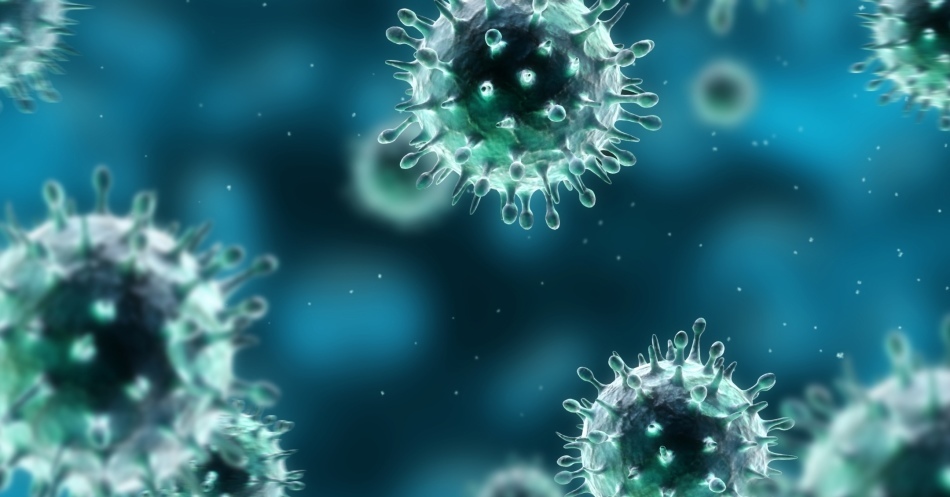
Symptoms of acute respiratory infections
- When infection with ARVI, nasopharynx is affected primarily: swelling, cough, difficulty swallowing.
- There may appear rubbing in the eyes, increased tearing, with rotovirus disorder of the stool.
- All types of viruses are characterized by general weakness, chills and heaviness in the head. The temperature can rise slightly.
- Usually, the virus passes in 4-5 days. The virus actively develops the first 2-3 days, during this period the symptoms of the disease are most acutely felt.
- For 3-4 days the body recognizes infections and methods of immune response, active development of antibodies begins and gradually the disease fades to nothing.
- The temperature, vomiting, acute disorder of the
- chair is typical for rotovirus. Adenovirus infections show a temperature( but not always), swollen lymph nodes, swelling of the mucous throat and nose, conjunctivitis and liver damage can develop
- The respiratory syncytial virus primarily affects bronchioles,bronchi, sometimes passes into pneumonia
- Some types of tonsillitis( sore throat) are adenoviral, affect the tonsils and lymph nodes of the pharyngeal ring. Most often, children have a herpetic sore throat, which is characterized by fever, headache and muscle pain, less often a disorder of the
- chair. It is believed that the body must cope with the virus on its own. Of the drugs used to remove local symptoms: headache, fever, relieve cough and the general condition of gravity
- Actually against the viruses of the ORVI group of medicines to date does not exist, with rare exceptions
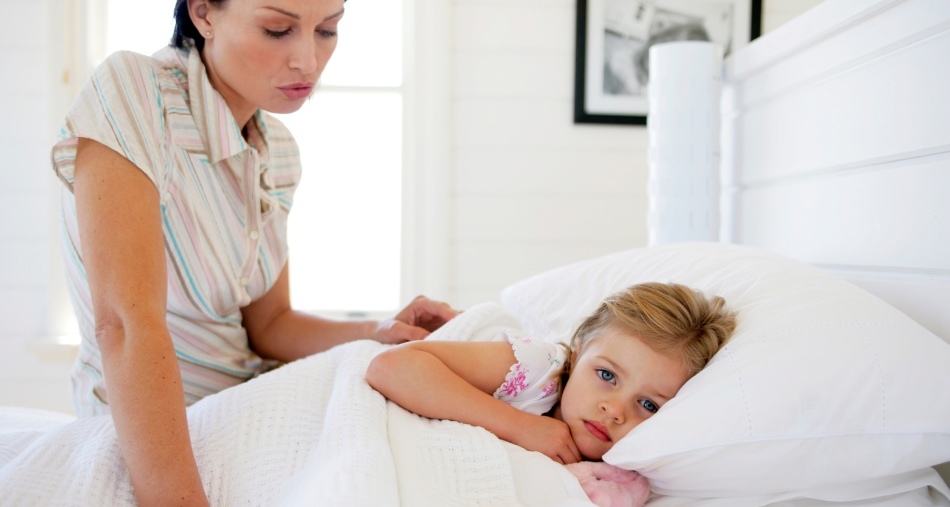
Complications after acute respiratory infections
The most common complications after the disease are bacterial infections, which the patient managed to get infected during the weakening of immunity by the virus of ARVI.
The main symptoms of the flu
What is the flu?
- Influenza virus is characterized by the highest rate of reproduction and exceptional aggression. Over the course of a day, it can lead to serious airway damage and significantly weaken the immune system, which contributes to the development of side-effects and complications.
- The serious difficulty in treating influenza and producing drugs against it is the virus's ability to mutate very quickly and adapt to the invented drugs.
- The virus is amazingly viable - beyondorganism in the open air it can persist up to 6-7 hours
- A patient infected with the influenza virus, is dangerous to others at a distancemeters, its ability to infect people on contact persists for 5-7 days from the onset of the disease.
- The virus can be transmitted not only by airborne droplets, but also through public objects: handrails in transport, door handles, buttons in the elevator
All of the aboveproperties allow the influenza virus to hit a huge percentage of the population annually.

Symptoms of the flu
- High fever, rises suddenly and quickly
- Joint aches, muscle cramps
- Severe dry cough
- Weakness, dizziness, unconsciousness
Complications after the flu
- Lesions of the lungs( pneumonia)
- Lesion of the ENT and upper respiratory tract organs( sinusitis, otitis, laryngitis)
- Heart and vascular lesions
- Nervous system disorders( meningitis, neuralgia, encephalitis)

How to distinguish influenza from acute respiratory viral infection ?
| ASVI | Influenza | |
| Onset of the disease | Rare in the eyes, weakness, lethargy | Acute intoxication: headache, chills, vomiting, dizziness |
| Development of the | disease Develops for 2-3 days, the symptomatology does not change significantly. Runny nose and nasal congestion, discomfort in the throat | Rapid development. For 8-12 hours from the onset of the disease, health can deteriorate to a critical state |
| Body temperature | Usually holds in the region of 37.3-37.7, rarely exceeds 38 C. It is easily reduced when taking antipyretics | Sharp temperature jump: 1-2hour, it rises to 39-40 C. Antipyretics give a short-term effect for 1.5-2 hours. |
| General condition | Weakness, lethargy | Severe muscular pain, headache in the temples, increased sweating, chills |
| Runny nose, nasal congestion | Appears among the first symptoms, accompanied by sneezing, severe mucosal edema | Appears infrequently |
| Throat | Swelling, loose structuremucous, characteristic plaque | Puffiness, pronounced red color without plaque |
| Cough | Appears in the number of the first symptoms | Appears on day 2-3 from the onset of the disease |
| Pduration of the disease | Improvement of the condition usually occurs on the third day, after 6-7 days, the full recovery of | occurs. The temperature drops to 5-6 days. The condition improves after 10-12 days. The final recovery comes in 20-30 days. |
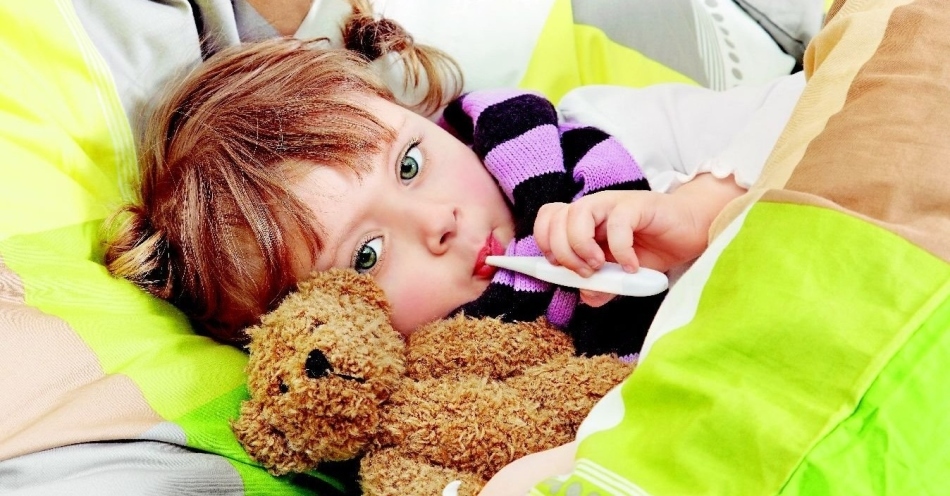
Influenza prevention in children
- Long walks in the fresh air strengthen the immunity of the child and do not allow the virus to linger in the body. It is advisable to walk in places where there is not a large crowd of people, exhaust fumes, urban dust: in parks, squares, woodlands
- If someone is sick from family members, you must exclude any contact. It is better if the patient and the child are constantly in different rooms. The patient should wear a gauze dressing when visiting public places, which must be changed every few hours.
- It should be used as often as possible to ventilate the room.
- It is important to conduct a wet cleaning every few hours with a small addition of chlorine-containing products( "Whiteness", liquid "Comet, Domestos)
- Observe the basic rules of hygiene: often wash your hands with soap, use different towels, wash dishes well. Remember that the flu virus is transmitted by the contact route
- It is useful to spread out pieces of garlic and onions around the apartment.
- Crushed garlic and onion can be folded into a box of kinder-surprise, pre-making holes in it, and hang it in the form of a pendant around the neck of the baby, so that it constantly breathes their evaporation. Onion and garlic juice are very effective against

viruses Prevention of acute respiratory infections in children
- For the prevention of viral infections, tempering procedures are used: rubbing and contrast showers with a gradual increase in the temperature difference. Cold douches are only allowed for children with severe hardening experience.
- It raises the immunity of the foot massage. Make your baby walk as often as possible. You can buy special massage mats for the sole, on which the child will run.
- Daily walks in parks, squares, gardens. Frequent trips outside the city. If possible, an annual holiday at sea for at least two weeks
- In the cold season before going out to the street, you can dig in the nose saline solution or smear nostrils with oxolin ointment
- Maintain personal hygiene, wash hands after walking, regularly hold wet cleaning and airing in the apartment

Preparationsfor the prevention of acute respiratory viral infection and influenza
- Kagocel .Effective at any stage of the disease, and is also a means of prevention. The main effect of the drug is to activate immunity. Well reduces the risk of complications after the flu and ARVI.Contraindicated in children under three years old. The dosage depends on the body weight and is prescribed by the doctor
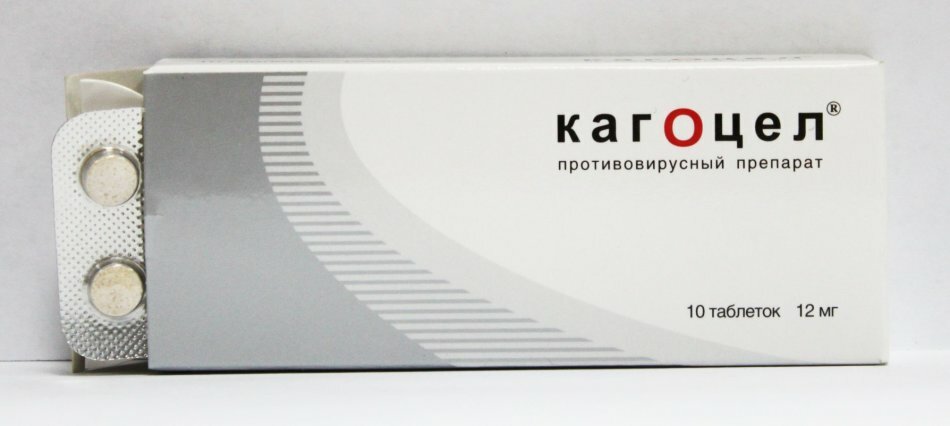
- Interferon .It acts by blocking the penetration of the virus into the cells of the body. It is a means of preventing colds and stuffy nose in ARVI.It is used in the solution for inhalation or as a drop in the nose
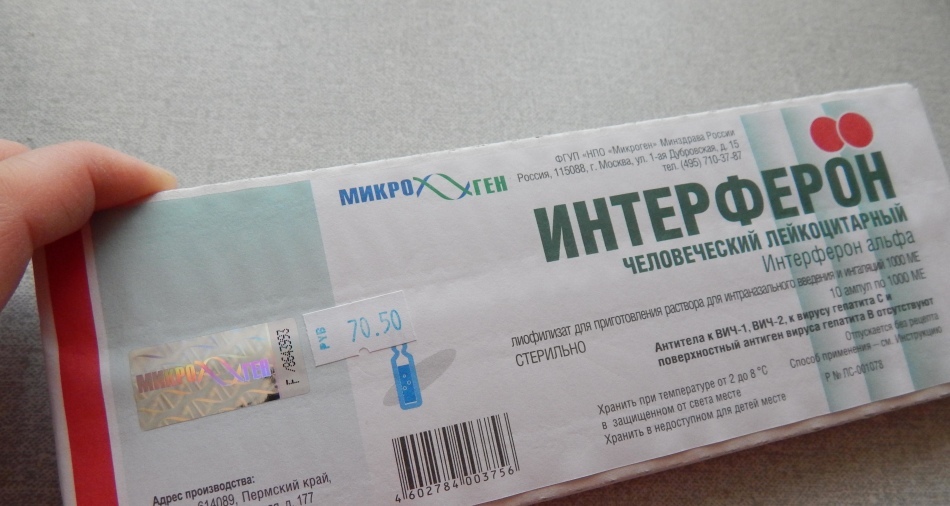
- Grippferon .Immunomodulatory antiviral agent. As a preventive agent is used at seasonal risk of the disease, in contact with patients and hypothermia. Produced in the form of nasal drops
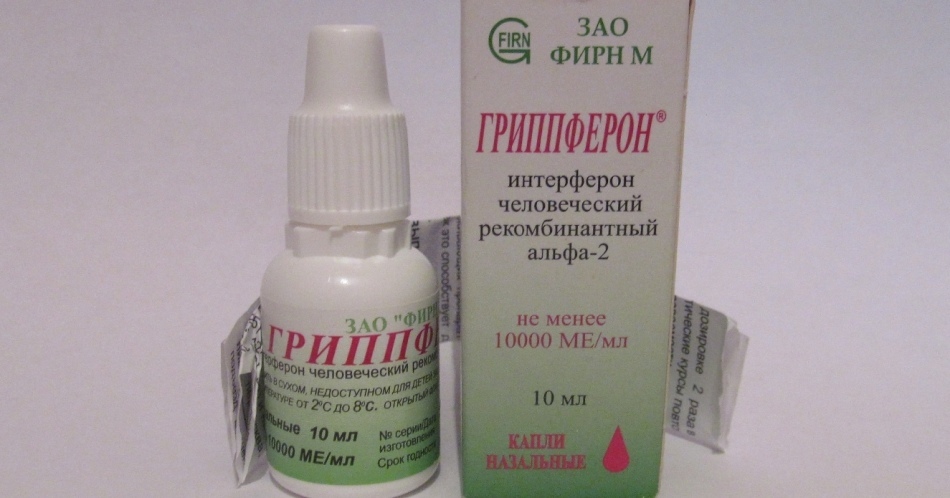
- Arbidol .An antiviral, used to treat influenza and ARVI, as well as with complications. Children under three years of age are contraindicated. Dosage depends on the child's age and the nature of prevention, appointed by the doctor. Suppresses the activity of the virus and activates the immune system. Produced in the form of tablets
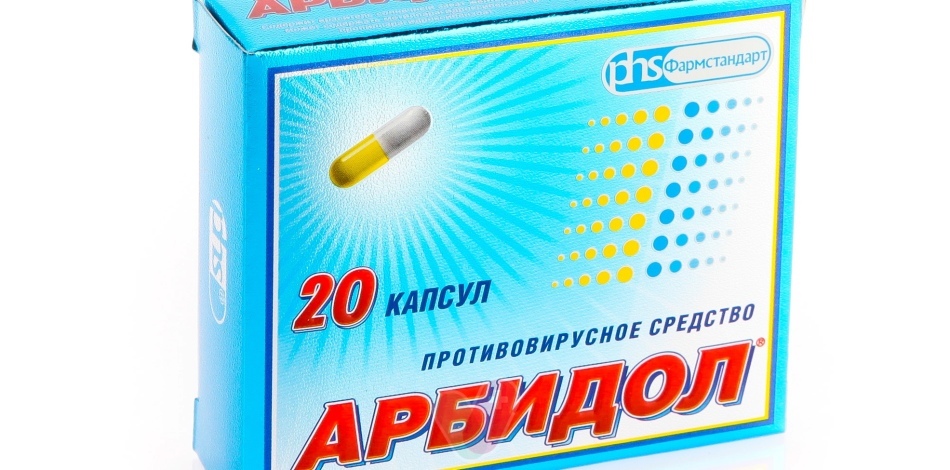
- Anaferon .Activates antiviral immunity, is used in the treatment and prevention of influenza and ARVI.With the preventive purpose the drug is used once a day, possibly long-term use up to several months. Anaferon baby can be taken to babies from 1 month. Produced in the form of tablets
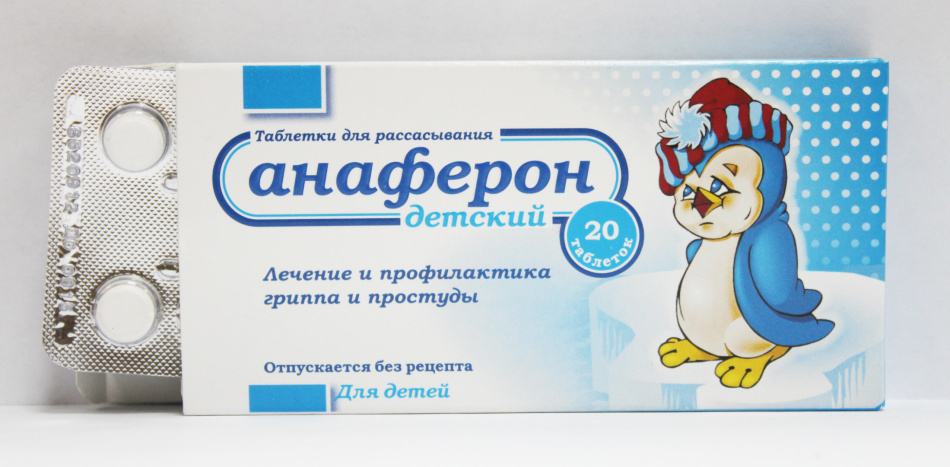
- Oscillococcumum .Homeopathic remedy against influenza and ARVI.For prophylaxis is taken once a week. Produced in the form of homeopathic granules

- Rimantadine .Active means against influenza, blocks the entry of the virus into the cell. Poorly interacts with some medicines( consultation of the doctor is necessary).Contraindicated in children under 7 years. There are a number of contraindications. Produced in the form of tablets
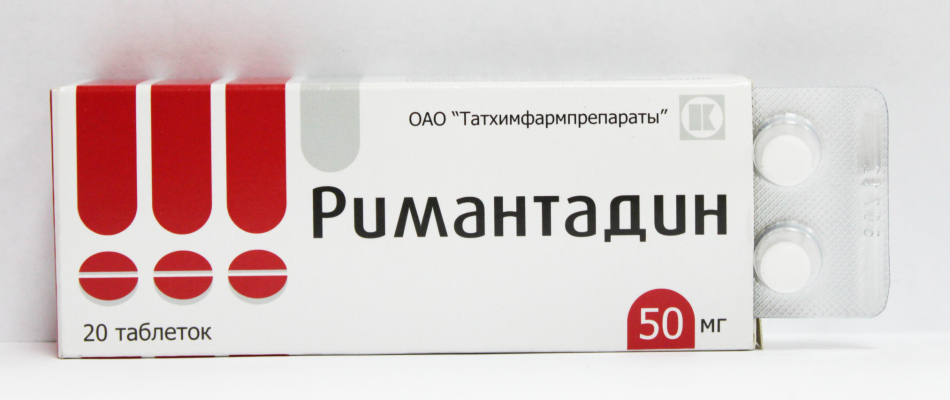
- Agri .It is used for treatment and prevention of influenza and ARVI.Homeopathic remedy, is released in the form of granules. Increases the body's resistance to viruses, alleviates symptoms in the disease
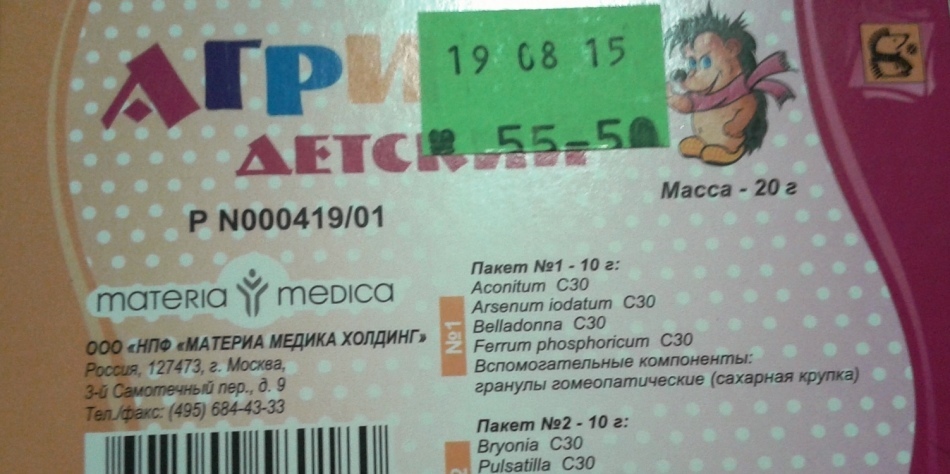
- Tamiflu .The drug used to treat and prevent influenza and ARVI.It inhibits the development of the virus in the body, its effect on the mechanism of its reproduction. Significantly reduces the duration of the disease if the child is already infected. It is allowed to use from birth. Issued in the form of a suspension, powder, capsules
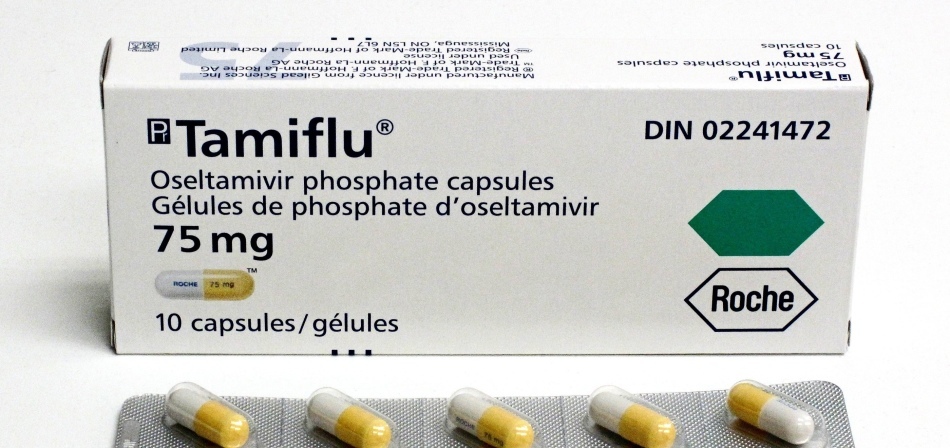
- Relenza .It is used against the flu. It acts on the mucous membrane, reduces the reproduction of the virus. Produced in the form of powder for inhalation
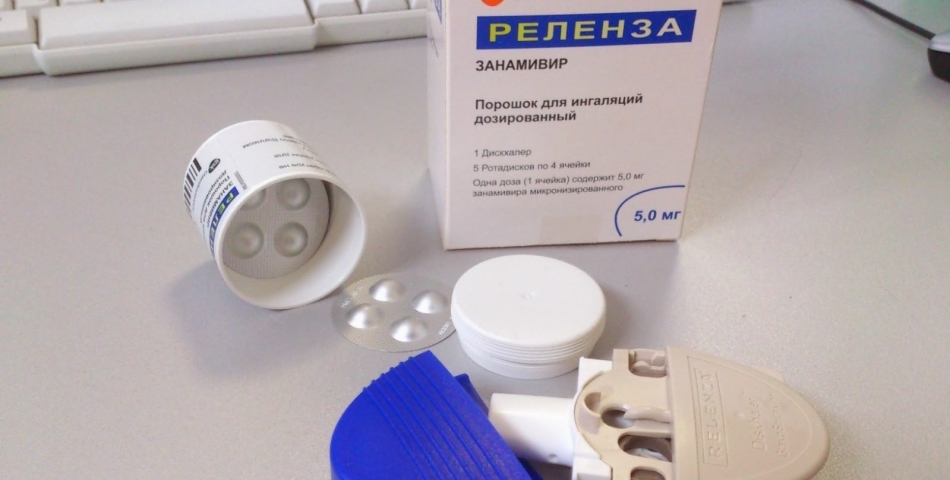
Prevention of cold by folk remedies
- When cold feet are helped to prevent colds, hot foot baths with the addition of mustard powder. After the bath, you should wipe your feet dry and wear warm socks
- For prevention in the cold season you can take a mixture of honey, lemon and dried fruits. The mixture is taken once a day on an empty stomach in the mornings, children up to 6 years of age, one teaspoon, children 7-15 years old, one dessert spoon.
- . Well strengthens the immunity daily use of decoctions, compotes from any berries, dried fruits and fresh fruits. You can make a mors from any berry jam
- You can raise the immunity with the help of herbal teas. Suitable infusions of chamomile, eucalyptus, thyme, oregano, currant leaves and other
- You can do inhalations with any essential oils bought at the pharmacy( it is better to use more than one oil, but mix several different ones).Also, the aroma lamp in the baby's room with essential oils will be useful. It is important to be very careful at dosage and in no case leave oil or lamp in a place accessible to the child, since essential oils when ingested cause severe damage to the internal organs of the
